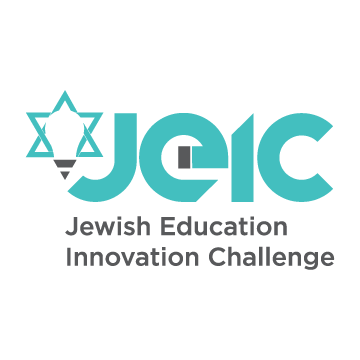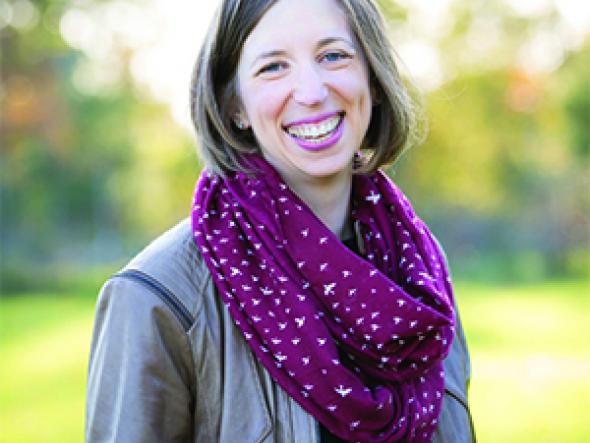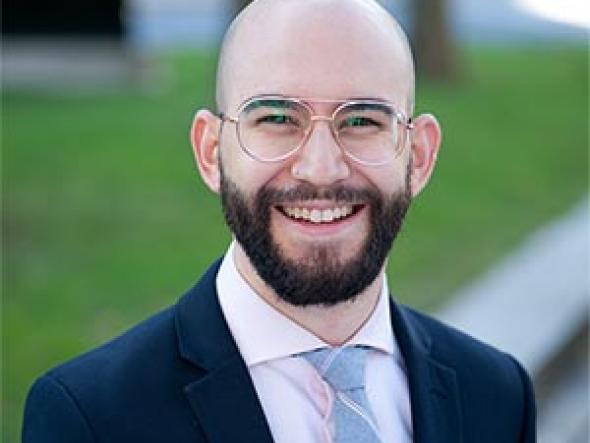Jewish Micro-schools
This article is part of a series representing a partnership between JEIC and Prizmah. It grew out of a collaboration at the 2019 Prizmah Conference, where JEIC ran Listening Booths in which 52 participants shared their dream for Jewish day schools.
Jewish Micro-schools
By Elchanan Weinbach
The rising cost of Jewish education is a cardinal issue of concern as we enter the third decade of the 21st-century. Families are increasingly being priced out of a Jewish education. Furthermore, despite best efforts, pedagogy and learning opportunities sometimes lag behind best practices. Our traditional educational model lacks alignment with 21st-century higher education and economy. Finally, the current model places unsustainable pressure on the community to subsidize the true cost of education through exhausting and distracting fundraising.
I propose a network of fully accredited, 21st century schools serving 20-100 students each. This model leverages educational technology to enable teachers to personalize learning. Each school would be supported by a central back office providing everything from educational support to bookkeeping and record-keeping. The schools could be opened anywhere with as little as $150,000 in seed money.
This solution relies on already well-established school models and programs. A high-quality Jewish micro-school education would cost in the neighborhood of $10,000 a year per student, the greatest variables being staff costs and real estate in individual communities, and with no annual fundraising required! While there will be trade-offs in extracurriculars and support staff, the quality of education would remain as good as currently offered, or even improved.
There are several preconditions, all successfully met in other schools:
- School size. The proposed maximum of 100 students is based on the success of other micro-schools. Additionally, beginning at about 100 students, there are large step costs for additional administration and support staff.
- Class size. Utilizing models of blended learning and flipped learning, particularly using a rotational model of blended learning, effective class-size can reach as high as 30 students with little difficulty.
- Grade assignment. Students would be grouped by developmental stage and not by birth date, as is done in all Montessori schools.
- Learning methodology. Currently, most of our classroom time is spent on the lower half of Bloom’s taxonomy (remembering, understanding and applying), while the skills most required for success in higher education and in the economy rest in the upper half (analyzing, evaluating and creating). Blended learning, which is a happy medium between traditional classrooms and online learning, as well as other modern pedagogical techniques (Constructivism), lead students to develop the modern suite of skills: collaboration, presentation skills, leveraging technology and independent work. These skills call for a flexible facility design, with more open spaces. Such facilities are much easier to acquire or rent, and at much lower cost.
- Staffing. One or two lead teachers take responsibility for the education at the school, a second tier of staff provides support for the learning process of individuals and groups, and a central “back office” provides everything needed for legal compliance, admissions, budget, payroll, HR, tuition collection and other turnkey solutions. Most of these support services can be effectively outsourced, again reducing staff costs. Schools would pay a per-pupil support fee to cover the cost of these services at a small fraction of hiring a payroll/HR employee.
- General studies curriculum. There are a number of high-quality, fully accredited general studies programs to support blended learning at a high college-prep level. These tools can be customized for each school to meet their educational, mission-based, and religious goals.
- Judaic studies curriculum. While complete packages are still in development, sufficient materials already exist for both traditional and blended learning. Schools in the network would commit to pooling Judaic studies curriculum, thus improving quality and lowering cost.
- Start-up costs. Research indicates that such a school can be up and running for $150,000. Significantly, such a school can be expected to generate revenue that can be pooled to create more of the schools. An initial investment of $150,000 from a funder or group of parents could, over the course of six years, open as many as three schools.
The ideas presented here represent a brief outline of a much larger and carefully researched project with the potential to improve education and lower cost.
I welcome the opportunity to discuss more about this initiative; please feel free to email me at [email protected].
 An entrepreneurial educational thought leader specializing in school turn-arounds, dynamic growth, and innovation in education, Elchanan Jay Weinbach has served as a principal and head of school of independent schools in New Jersey, California, and Pennsylvania, and is the principal partner at Best Schools Consulting Group. He was also the founder and executive chairman of Project Kodachrome, a nonprofit that specialized in enhanced and alternative school models.
An entrepreneurial educational thought leader specializing in school turn-arounds, dynamic growth, and innovation in education, Elchanan Jay Weinbach has served as a principal and head of school of independent schools in New Jersey, California, and Pennsylvania, and is the principal partner at Best Schools Consulting Group. He was also the founder and executive chairman of Project Kodachrome, a nonprofit that specialized in enhanced and alternative school models.






